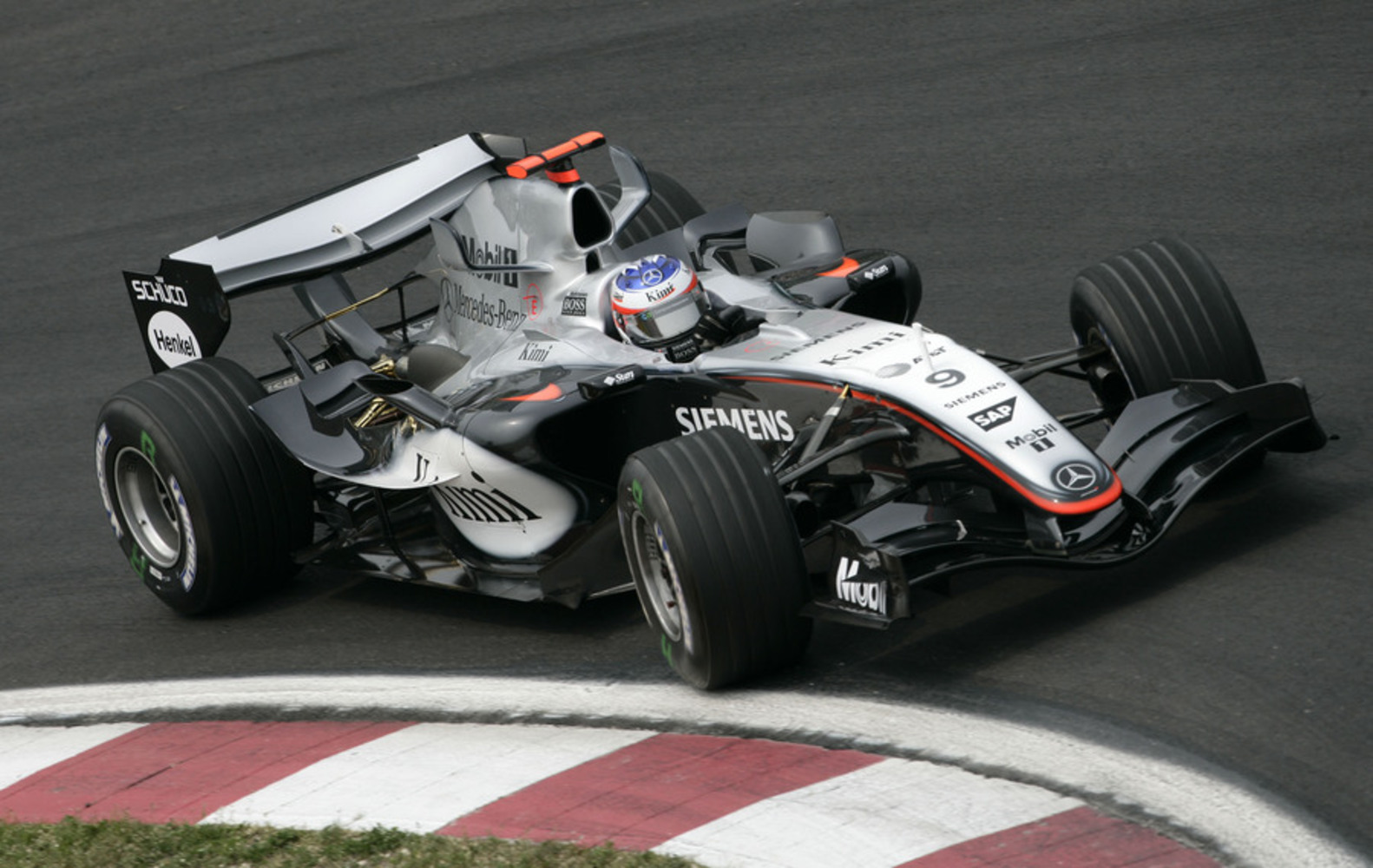Intention
The original sound (from the racing simulator Gran Turismo 5) can be found at the bottom of this page. The intent was to create a simple model roughly representing 10 cylinders sitting in a garage. This is meant to be a tangible representation of the sound that a 10-cylinder Formula 1 engine makes when started up.
